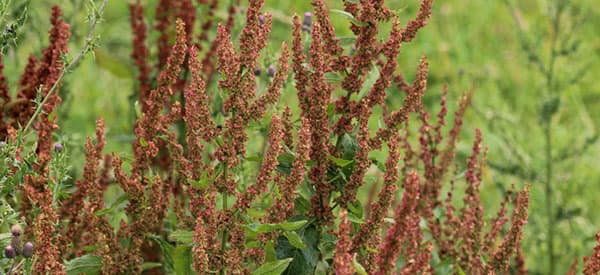
Sheep Sorrel
Sheep sorrel (Rumex acetosella) is a leafy herb that grows in creeping patches on the ground. Its leaves taste like lemon and it blends well in salads or when cooked with other vegetables. The plant may exude quite a tart flavor and is ideally eaten only in small quantities. Sheep sorrel is sometimes used to flavor beverages, like lemonless lemonade, because of its citrusy tang.
Sheep sorrel is one of the four major ingredients in Essiac tea, alternative herbal medicine for cancer popular in the 1920s. It was used by the Ojibwa tribe in Canada and Midwestern Europe. The three other components of Essiac tea are burdock root, slippery elm, and Indian rhubarb.
Sheep sorrel, also known as red sorrel, served as food for hundreds of years as the plant is edible from its roots to its leaves. It is also used for seasoning meat and bread and makes an excellent sauce for cold meats. Sheep sorrel is still used in food today, often as a thickener in soups. Its purported medicinal benefit makes it a valuable herb in the traditional treatment of cancer.
Where Sheep Sorrel Is Found
The herb is known as sheep sorrel because it often thrives in places where the sheep roam. It is a plant native to Eurasia but was naturalized in the United States. It is widely distributed in temperate regions, often in grasslands and roadsides where the soil is sandy. Red sorrel is a vigorous spreader and is often considered a weed that can get out of control.
⇒ The Complete Map of Edible Plants: Find Out What You Have in Your Area! (Video)
How To Identify Sheep Sorrel
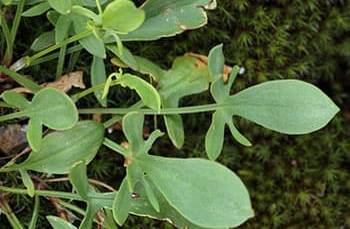
Sheep sorrel is a herbaceous perennial herb with rosette basal leaves. They may grow occasional flowering stalks that bear red or yellow flowers. Sorrel is an important crop for butterflies such as the American Cooper or Small Cooper species because they depend on it for food.
Leaves. Sheep sorrel leaves occur in a rose-like arrangement in its base (basal rosette). They are green, smooth, and arrow-shaped. It has straight margins with two lobes at the base. Each leaf measures about one to three inches long and less than an inch wide in an alternate leaf arrangement.
Flowers. Sorrel produces two different-sex flowers (dioecious) that grow on different plants, identifiable by their colors. Female sorrel flowers are red, while males are yellowish-green. They grow in a raceme arrangement or in the short and unbranched floral stalk that bears the flowers at equal distances. Sorrel flowers are tiny and may grow no more than an inch in size.
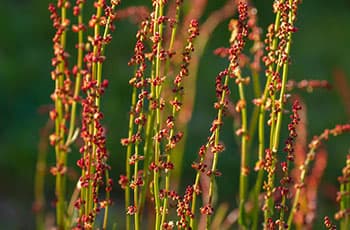
Fruits and Seeds. As the flower matures, it turns into red to golden brown achene or dry fruit. The fruit is three-edged and contains numerous miniature reddish-brown seeds.
Roots. Sheep sorrel has a shallow fibrous root with extensive horizontal roots. The creeping root system is similar to rhizomes since they regrow new shoots and spread aggressively in the ground.
Stem. Red sorrel has a tender and slender flowering stalk that is angular or ridged. It’s also branched at the top. The stalks are red and upright and can reach a height of up to 18 inches.
Rumex acetosella is a flowering plant of the Polygonaceae or buckwheat family. Other names for it include field sorrel, cow sorrel and sour weed. Sorrel is the French translation of sour, which describes the flavor that Rumex acetosella has.
⇒ Plant Identification Guide – 400 Wild Plants That You Can Forage For (Video)
The plant is often confused with the related species Rumex acetosa or common sorrel, but it is a different plant. Rumex has about 200 species and the most popular among them are:
- Rumex acetosella used in anti-cancer tea
- Rumex hastatulus is taller and tastier
- Rumex crispus or curly dock with yellow leaves
How To Grow Sheep Sorrel
Sheep sorrel can grow from seeds or through root division after its establishment. It prefers growing in cold seasons and wet and acidic soil.
Plants that are cultivated in shady areas are less sour. But, exposing them to full sun as the weather heats up will cause sorrel to bolt into seeds. Bolting is when it begins to produce seed instead of leaves, which may defeat its purpose as a leafy green. Thus, if you want to keep them growing throughout summer, select a spot where they can get partial shade.
Sorrel is also invasive because of its creeping roots and partly for its vigorous re-seeding. If you don’t want the hassle of controlling the plant in the future, planting them in containers will be ideal. As for its re-seeding, you can deadhead the plant’s flowers right before they mature.
Another advantage of planting sheep sorrel in containers is you can keep them growing longer. When the warm summer day approaches, you can simply transfer the pot indoors.
Growing Sheep Sorrel From Seeds
Sowing sheep sorrel from seeds is ideally done in mid-spring directly in the pot or garden. But, you may also start them indoors in a potting tray about three weeks before the average last frost.
Plant the seeds at least half an inch deep into the soil and 3 inches apart. Keep the soil moist but not soggy until they germinate for about two weeks. Transplant the seedlings in their permanent pots when they are large enough to handle.
⇒ Stop Spending Money At The Pharmacy By Growing These 10 Plants (Video)
When sowing them in the garden, thin the seedlings to stand at least 12 inches apart. It will encourage leaf growth and the baby greens will make a nice addition to salads.
Growing Sheep Sorrel From Root Division
After your plant has been established, growing sheep sorrel is easier through root division. The clumping roots are easier to grow than when starting them from seeds.
The best time for dividing sorrel is in early spring. Or if you are growing them in other seasons, make sure to provide a shade to protect them from the weather changes.
To divide the roots, dig them with a shovel about 10 inches below the plant crown. Lift the whole clump up and divide them making sure that each division has a root, stalk, and leaf attached.
Replant the clump in well-draining soil and put an inch of mulch on top. Water the division regularly until established for about a week.
Plant Care And Maintenance
Sheep sorrel is not a demanding plant but it does need a little care. It can handle light frost and grow as perennial in USDA zones 5 and higher. They mostly grow as annuals in USDA zones 3 to 7.
The following planting conditions are favorable for red sorrel:
- Well-draining and fertile soil
- Acidic soil with a pH level between 5.5 to 6.8
- At least an inch of water per week
- Mulching
- Full sun to partial shade
Sorrel is prone to aphids but other than that, they do not pose any disease problems. You can control aphids by pinching the infected parts or hosing the aphids down.
How To Harvest Sheep Sorrel
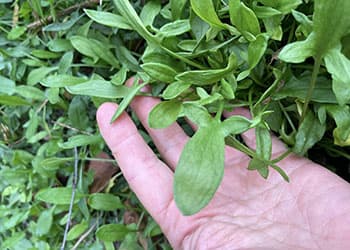 As a leafy green, the herb is available for harvest all throughout its growing season. However, when the plant has bolted, the leaves will become too tough to eat. Tender shoots may grow again in the fall.
As a leafy green, the herb is available for harvest all throughout its growing season. However, when the plant has bolted, the leaves will become too tough to eat. Tender shoots may grow again in the fall.
When harvesting sheep sorrel leaves, start picking from the outside and leave the ones nearer to the crown.
You may store the leaves unwashed and kept in the crisper drawer of the fridge where they will keep for three days.
Or, you can dry the leaves by washing and drying them in the lowest oven setting for 15 minutes. When they are dry and crunchy, crumble them into flakes and store the dried leaves in an airtight container.
What Sheep Sorrel Is Good For And Natural Remedies Made From It
Red sorrel is not just a lemony, tart-tasting vegetable but it is also a promising medicinal plant. It became popular as an anti-cancer tea with its ability to destroy tumors and cancer cells. It has rutins and polysaccharides that inhibit cancer growth. It is also rich in antioxidants that increase white blood cell production and cancer-killing cells.
Sheep sorrel also acts as a vasodilator to maintain the fluid balance in the body. It decreases the stress in the cardiovascular system and helps regulate blood pressure.
The abundance of vitamin A in sorrel makes it an excellent herb for boosting eyesight. It prevents macular degeneration and other age-related degradation.
With its diuretic property, it helps in kidney detoxification and water retention. It purifies the blood and cleanses the body of toxins.
Sheep sorrel is also an excellent source of vitamin C, making it useful in boosting immunity and treating scurvy.
Most varieties of sorrel are rich in dietary fiber promoting digestive health. It can cure many gastrointestinal issues and aid in better digestion. Dietary fiber also reduces bad cholesterol to reduce the possibility of stroke and heart disease.
In traditional medicine, sorrel is used as an antidote for scorpion bites. A poultice of its leaves can draw out scorpion poison and relieve inflammation. Its excellent anti-inflammatory property helps treat wounds, ulcers, boils, and other swellings.
Sorrel is hepato-protective, meaning it protects the liver and boosts its functions. Its protocatechuic acid and anthocyanins protect the liver from chemically-induced liver damage.
Sheep sorrel is a natural remedy for the following health concerns:
- Anemia
- Cancer
- Fever

- Wounds and inflammation
- Digestive issues
- Respiratory trouble
- UTI and kidney problems
- Skin problems
- Scorpion, snake, and insect bites
- Jaundice and liver-related diseases
- Herpes zoster
- Cold sores
- Scurvy
⇒ The Best Natural Painkiller That Grows in Your Own Backyard (Video)
Other health benefits of using sorrel include:
- Improving eyesight
- Boosting immunity
- Promoting healthy bones
- Improving blood circulation
- Weight loss aid
- Treating dry hair
- Reducing milk flow
What Parts Of Sheep Sorrel Are Used For Remedies
All parts of sheep sorrel, from its roots, stems, leaves, and flowers are used as a herbal remedy. Its seeds are also roasted and used for treating stomach problems.
A decoction of sorrel and its leaf juice is used for various ailments. Sometimes, a decoction of the whole plant is also consumed.
The paste of its leaves is applied externally as a poultice to cure skin problems and stupor tumor growth.
As a herbal supplement, sheep sorrel is available as: liquid extract, tincture, capsule, Essiac tea.
Soothing Sorrel Tea
Ingredients
- 1 tbsp. dried sheep sorrel
- 1 cup warm water
- Honey to taste
Steps
- Place the dried herb in a reusable teabag.

- Boil water and remove from heat. Steep the teabag for 5 to 10 minutes, covered.

- Remove the teabag and transfer the tea to a cup. Add honey if desired.

How To Use This Remedy
You can drink the soothing sheep sorrel tea hot or cold. For a cold tea, put it in the fridge where it will store for three days. Consume the tea once a day or as prescribed by a health professional.
Sorrel contains oxalic acid and may not be safe for consumption in large amounts. If you are taking sorrel supplements, always take the lower dose as directed by the doctor.
What Plants Resemble Sheep Sorrel
| Features | Sheep Sorrel (Rumex acetosella) | Lords-and-Ladies (Arum maculatum) | Green Sorrel (Rumex acetosa) |
|---|---|---|---|
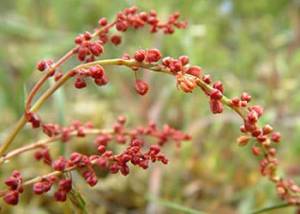 |  | 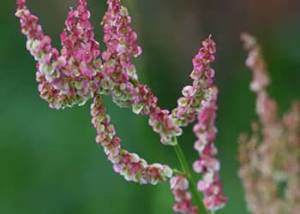 | |
| Size | 4 to 18 in | Up to 1 ft 6 in | Up to 24 in |
| Leaves | Green; smooth; arrow-shaped; alternate; basal rosette | Green; glossy; arrow-shaped; deep-green and purplish patches | Green; simple; alternate; basal rosette; arrow-shaped |
| Flowers | Dioecious; red female flowers; yellowish green male flowers; raceme | Green/purple/white; central and erect spadix enclosed in leaf-like hood | Green/pink/red; dioecious; heart-shaped to triangular tepals |
| Fruits/Seeds | Reddish to golden brown achene; numerous tiny three-edged seeds | Oblong cylinder fruit with cluster of red berries | Capsule-like fruit; three-edged seeds |
| Stem | Slender stalk; angular; ridged; top branching; red; erect | Slender; upright; fleshy; green to reddish brown | Slender and smooth flowering stalk |
| Scent | Lemony fresh scent | Rotten odor | No scent |
Warnings And Cautions
Sheep sorrel is an herb that you should not over consume since it contains a high level of oxalic acid, making it potentially toxic in high doses. It is safe to take sorrel in food amounts but should not exceed 500 grams.
Too much oxalic acid can cause kidney stones so talk to your doctor or avoid sheep sorrel if you have kidney stones.
This plant is unsafe during pregnancy when taken in large amounts. Its safety for breastfeeding women is not yet established, so stay on the safe side and avoid using sorrel.
Sheep sorrel can slow down blood clotting and should be avoided 2 weeks before a scheduled surgery. Aside from anticoagulant drugs, it also interacts with Fexofenadine and medications moved by a pump in cells.
Always consult your doctor before taking any herbal medication, especially if you are taking other maintenance medicines or have pre-existing medical conditions.
You may also like:
Food Remedies That Can Starve Cancer Cells
What Can Disturb My Immune System and How to Strengthen it (Video)
Herbs To Boost Endorphins, The ”Pain-Relief” Hormones
How to Make The Most Powerful Detox Drink at Home
Fermented Red Clover For Rebuilding Bone Mass








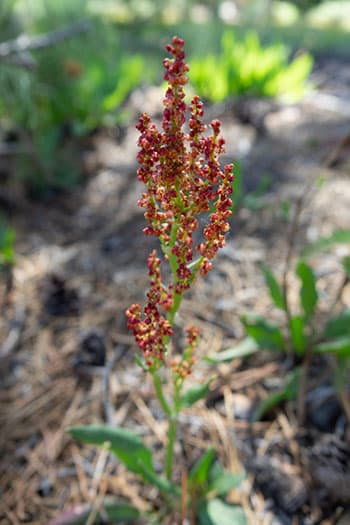
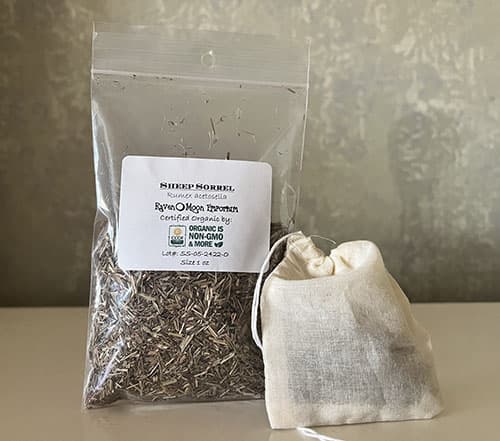
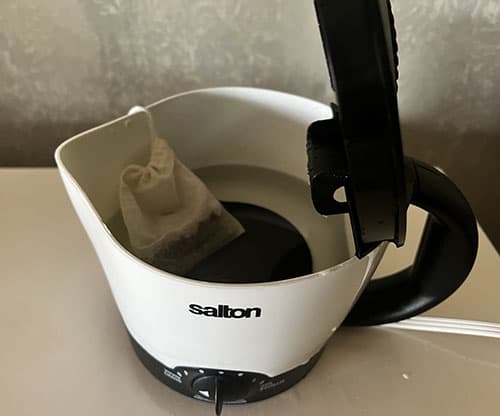
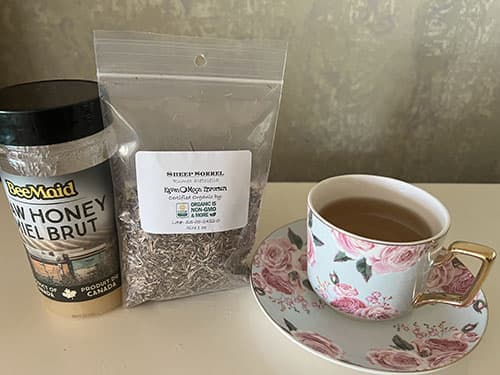
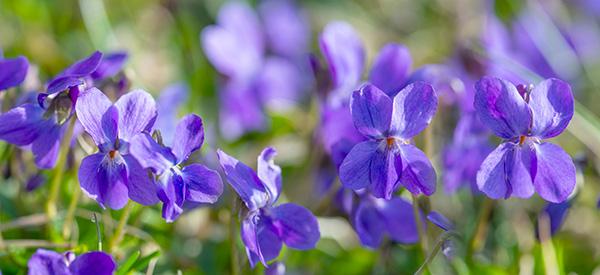
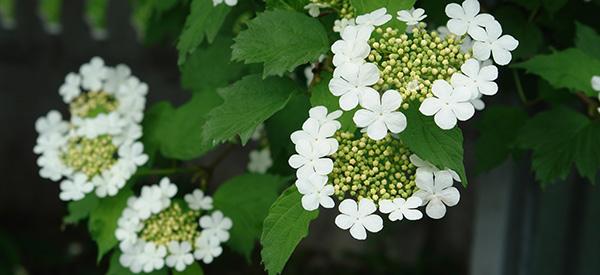

In Poland, we eat sheep sorrel soup, it’s very popular, we add boiled egg to it, apparently it helps to reduce the oxalic acid negative effect. I am not sure if it does, but the soup is really nice
Agree!
Hello Jola,
Thank you for sharing this recipe with us. It sounds delicious!
Many blessings and good health!
Could I have the sheep sorrel soup recipe please
Liz, I used translator from polish recipe:
Preparation time: 25 minutes
Cooking time: 1 hour 50 minutes
Number of portions: 2.5 liters of soup Caloric content kcal: 60 in 100 grams
Ingredients for sorrel soup
raw pork ribs – 500 g
small turkey wing – 400 g
500 g of fresh sorrel or 300 g of sorrel from a jar
average carrot
medium parsley root
celery root – a piece the size of a tangerine
leek piece – section 10 cm
2 liters of water
4 tablespoons of sour cream 18%
a teaspoon of wheat flour
herbs and spices: 3 bay leaves, 3 grains of allspice, a teaspoon of peppercorns, a teaspoon of salt
Additives to sorrel soup
potatoes, cooked whole
hard-boiled eggs
chopped chives
Sorrel soup
Calories are counted without adding to the soup.
I always cook this sorrel soup with pork ribs and turkey. I reach for a small turkey wing or a turkey neck. I choose the ribs lean and as fresh as possible. It is worth having your own proven source of meat. It is best to buy the meat straight from the butcher.
Now we’ll begin…
…
Place the washed meat in a large pot. I usually cut the ribs into smaller pieces. Also add the peeled carrots and parsley, a piece of leek and celery. If you don’t have time, feel free to add onions to the soup. I recommend that you use a small onion and light it over the burner. If you have an electric cooker, divide the onion in half and bake it for a while in a dry frying pan. It should blush nicely.
Finally, add the herbs as well. Pour in 2 liters of water. Cover the pot with a lid. Bring the soup to a boil and reduce the power of the burner so that it only gurgles slightly. Cook the broth for 1.5 hours without uncovering the lid.
After this time, set the pot off the burner for a while.
Use a slotted spoon to remove all the ingredients for the soup onto a board. Only the broth is to be left. Dice the carrots. Also remove the meat from the ribs and the wings. You won’t need the rest of the ingredients
Put only the meat and pieces of carrot into a pot of pure broth
Put the soup pot on the burner again. Set it to medium power and add the chopped sorrel. If you have fresh sorrel, first wash it thoroughly in a clean sink under cold, running water. Tear off the petioles and chop the leaves with a knife. After cleaning, I had less than 400 grams of sorrel left. Sorrel will change color almost immediately under the influence of temperature. Stir the soup and wait a few minutes for the sorrel to turn slightly brown. If you have sorrel from the jar, just add it to your soup. In this case, be careful with salt. The sorrel puree is often salty and you may not need to add extra salt to your soup.
In a small bowl, put four tablespoons of 18% thick and sour cream. Add a teaspoon of wheat flour and stir. Using a ladle, pour a little boiling soup into a bowl to temper the cream. If you pour cold cream directly into the soup, it can curdle. Pour everything immediately into the pot and stir the sorrel soup. Cook the sorrel soup for a few more minutes on low heat. Before turning off, check how it tastes. I usually add a little salt and a flat teaspoon of ground pepper to my soup.
Sorrel soup tastes best when served with boiled potatoes and a hard-boiled egg. I cook the potatoes in a separate pot in salted water until tender. I always do it when I am boiling broth. I have 1.5 hours to prepare potatoes and hard-boiled eggs . Sorrel soup lands on the plates. Inside, boiled potatoes and hard-boiled eggs and freshly chopped chives or dill.
Awesome , thanks for the recipe. Gonna make some this next weekend. Can this be frozen or canned?
Attracting or buying ladybugs are also an option for dealing with an aphid infestation since ladybugs love to eat the aphids!!
“Soothing Sorrel and Mint Tea
1 tbsp dried sheep sorrel
1 cup warm water
Honey to taste”
Where is the mint?
Hello Carol,
Thank you so much for bringing this omission to our attention!
Although the author of this article didn’t use mint for the sheep sorrel tea, please feel free to add some if you’d like.
Many blessings and good health!
As kids we used to eat this stuff raw. It was tangy-sweet like a mild candy. I still do that, but I also like to occasionally just boil it with a bit of sweetener and a small handful of wood sorrel (very occasionally).